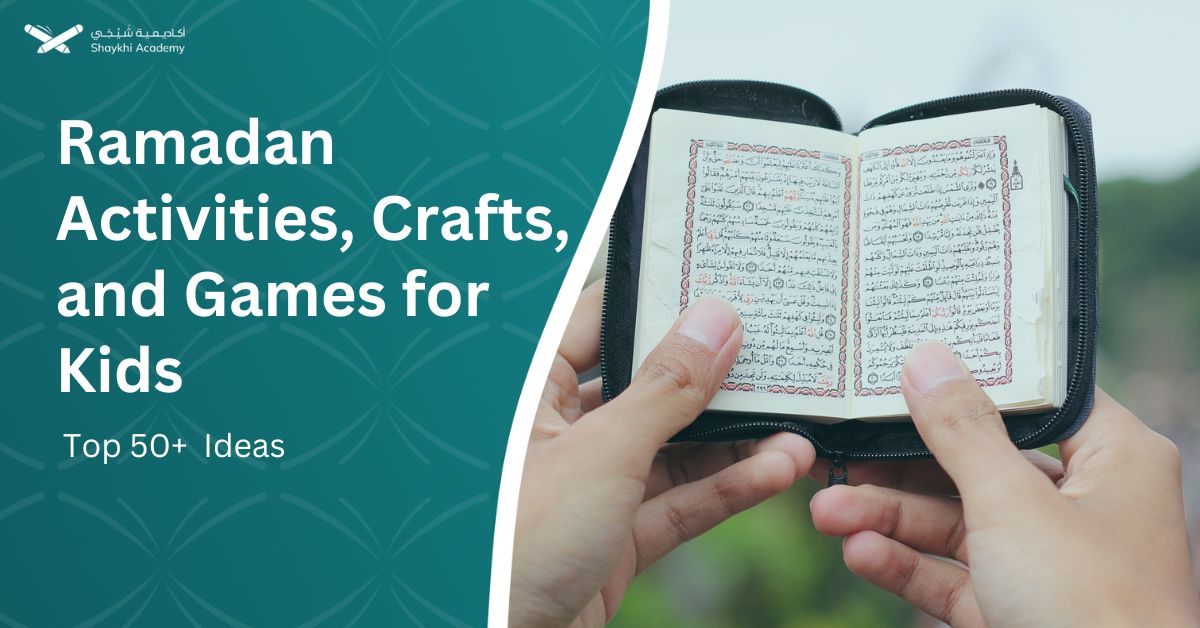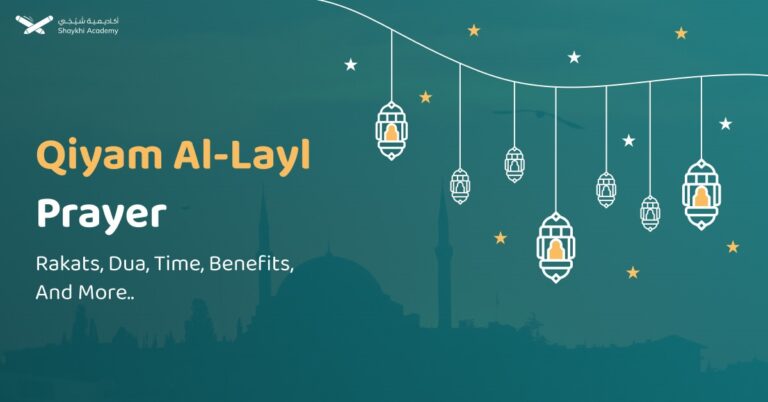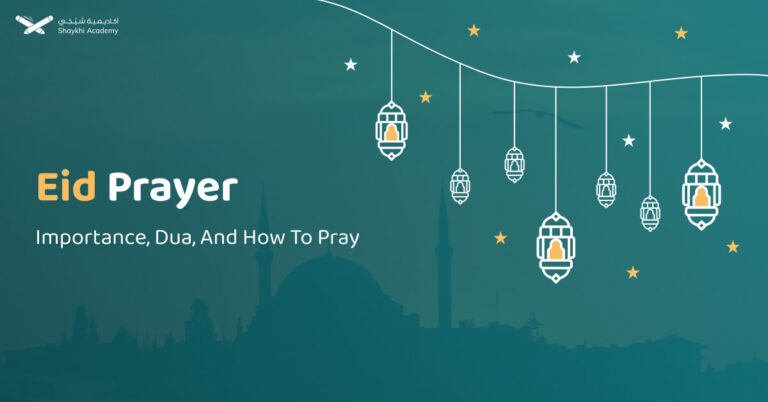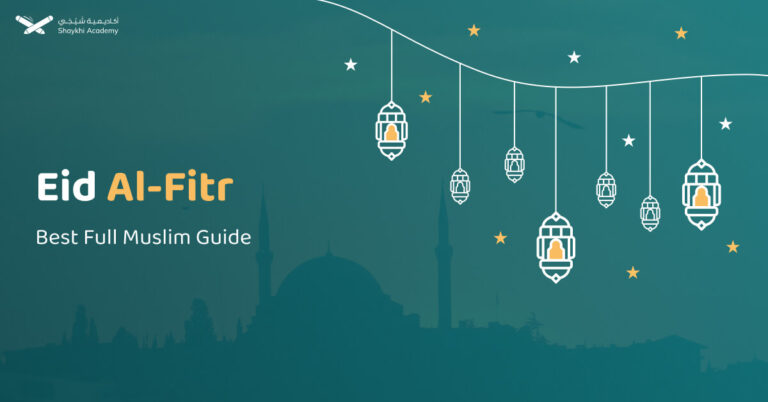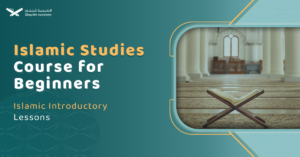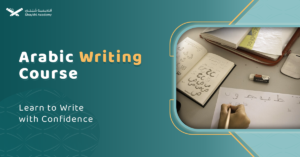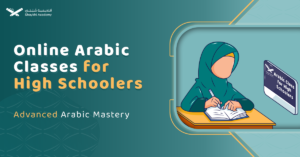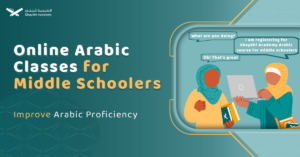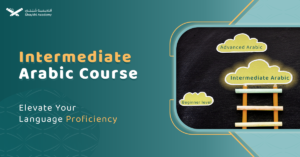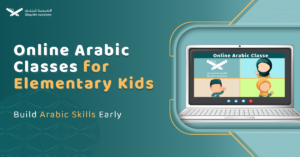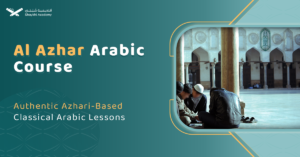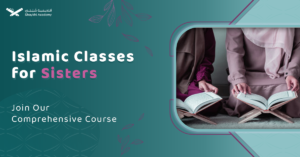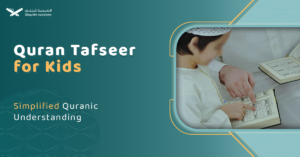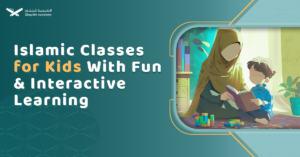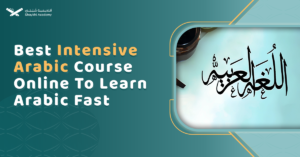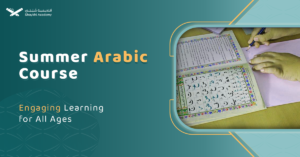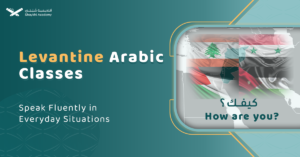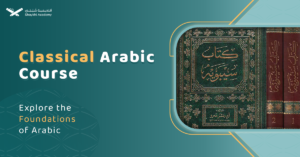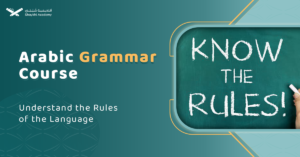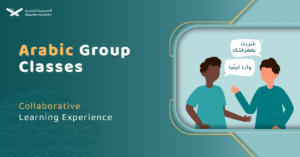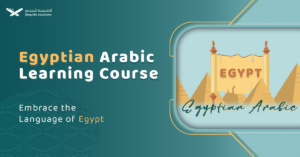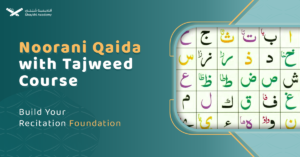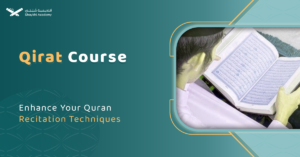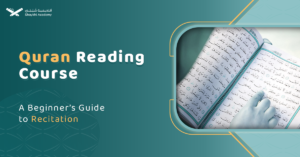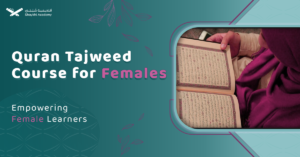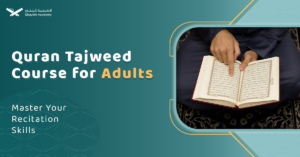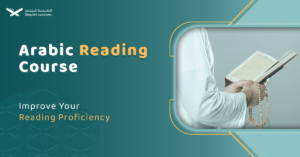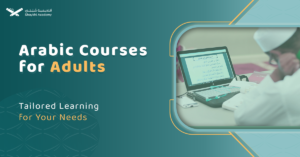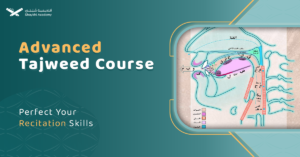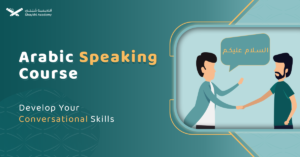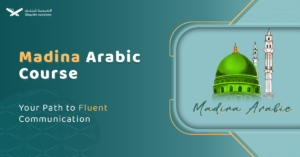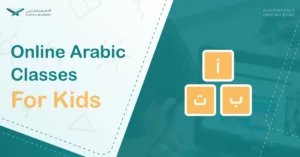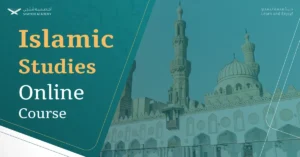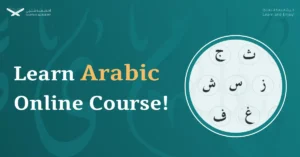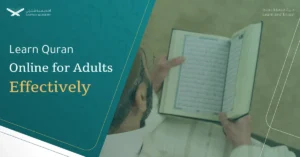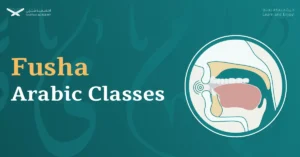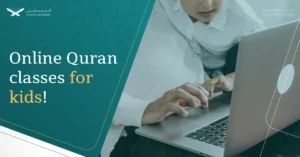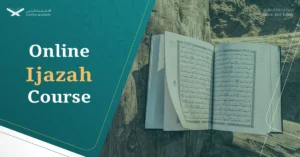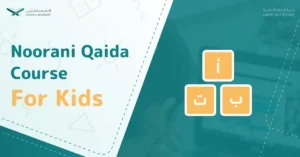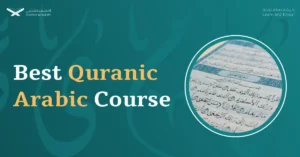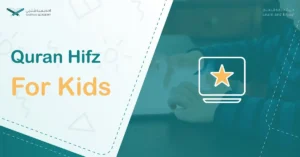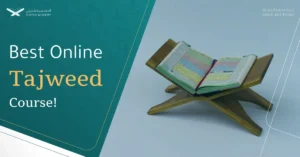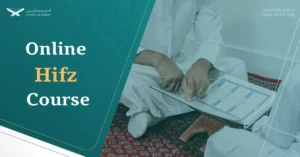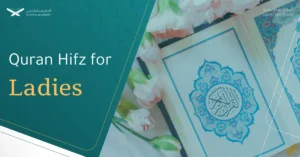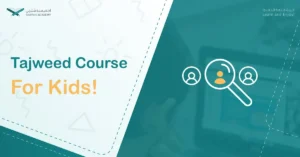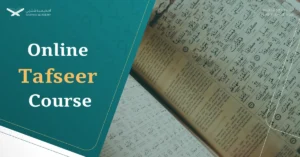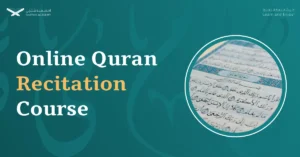These activities are designed to engage toddlers in age-appropriate ways and introduce them to the joy and significance of Ramadan through play, exploration, and creativity.
1- Create Paper Lanterns:
Help toddlers make simple paper lanterns using construction paper, glue, and stickers. They can decorate them with colorful patterns and designs.
Objective: Introduce toddlers to Ramadan traditions through a fun and creative craft activity.
Details:
- Provide toddlers with materials such as colored construction paper, child-safe glue, stickers, and markers.
- Help them fold and cut the paper into lantern shapes, or prepare pre-cut templates for easier assembly.
- Encourage them to decorate their lanterns with colorful patterns, stickers, or glitter (if age-appropriate).
Examples:
- A toddler might create a lantern with a crescent moon and star design, using stickers to add sparkle.
- Another child could use markers to draw patterns like stripes or dots on their lantern.
Tips:
- Use the activity to explain the significance of lanterns in Ramadan, such as how they symbolize light and hope.
- Hang the finished lanterns around the classroom or home to create a festive Ramadan atmosphere.
2- Make Crescent Moon and Star Art:
Provide toddlers with yellow and blue paint and encourage them to create artwork featuring crescent moons and stars using their fingers or brushes.
Objective: Teach toddlers about the symbols of Ramadan through a hands-on art activity.
Details:
- Provide toddlers with yellow and blue paint, along with brushes or sponges for finger painting.
- Show them how to create crescent moons and stars using their fingers or brushes.
- Encourage them to experiment with colors and shapes, making the activity fun and engaging.
Examples:
- A toddler might use their fingers to paint a large crescent moon and add small stars around it.
- Another child could create a night sky scene with multiple stars and a glowing moon.
Tips:
- Use the activity to explain the importance of the crescent moon in marking the beginning of Ramadan.
- Display the artwork on a bulletin board or wall to celebrate their creativity.
3- Read Ramadan Board Books:
Explore board books specifically designed for toddlers that introduce basic concepts of Ramadan, such as fasting, charity, and prayer.
Objective: Introduce toddlers to the basic concepts of Ramadan through age-appropriate books.
Details:
- Choose board books with simple text and colorful illustrations, such as:
- “My First Ramadan” by Karen Katz.
- “It’s Ramadan, Curious George” by Hena Khan.
- “Ramadan Moon” by Na’ima B. Robert.
- Read the books aloud, using expressive voices and gestures to keep toddlers engaged.
Examples:
- While reading “My First Ramadan,” you could point to the pictures and say, “Look, the family is praying together. We can pray too!”
- In “It’s Ramadan, Curious George,” you might explain how George helps his friends prepare for iftar.
Tips:
- Encourage toddlers to ask questions and share their thoughts about the stories.
- Follow up with a simple activity, such as drawing a picture of their favorite part of the book.
4- Build a Ramadan Tent:
Set up a small tent or fort in a designated area and decorate it with blankets, pillows, and string lights. Toddlers can play inside the tent and pretend it’s a special Ramadan space.
Objective: Create a cozy and special space for toddlers to explore and play during Ramadan.
Details:
- Set up a small tent or fort using blankets, pillows, and chairs.
- Decorate the space with string lights, paper lanterns, and Ramadan-themed decorations.
- Add soft cushions and books to make the tent inviting and comfortable.
Examples:
- Toddlers can pretend the tent is a mosque and “pray” inside using toy prayer mats.
- They might also use the tent as a quiet space to listen to Ramadan stories or nasheeds.
Tips:
- Use the tent to explain the concept of I’tikaf (spiritual retreat) in a simple way, such as, “This is a special place where we can think about Allah and feel peaceful.”
- Rotate toys and books in the tent to keep the activity fresh and exciting.
5- Listen to Ramadan Nasheeds:
Play recordings of gentle Ramadan nasheeds or lullabies for toddlers to listen to during quiet times or before bedtime.
Objective: Introduce toddlers to the sounds and spirit of Ramadan through gentle Islamic songs.
Details:
- Play recordings of Ramadan nasheeds or lullabies, such as:
- “Ramadan Moon” by Zain Bhikha.
- “O Ramadan” by Yusuf Islam (Cat Stevens).
- “Ramadan is Here” by Dawud Wharnsby.
- Use the nasheeds during quiet times, such as before nap time or during circle time.
Examples:
- A toddler might sway or clap along to the rhythm of the nasheeds.
- Another child could hum along to the melody, even if they don’t know the words yet.
Tips:
- Use the nasheeds to teach simple phrases like “Ramadan Mubarak” or “Allahu Akbar.”
- Encourage toddlers to express how the music makes them feel, fostering emotional connection and awareness.
6- Make Ramadan Fruit Kabobs:
Cut up fruits like strawberries, melon, and grapes, and help toddlers thread them onto skewers to create colorful fruit kabobs. This activity can also be a healthy snack option during Ramadan.
Objective: Combine creativity and healthy eating by making Ramadan-themed fruit kabobs.
Details:
- Provide toddlers with bite-sized pieces of fruits like strawberries, melon, grapes, and bananas.
- Use child-safe skewers or wooden sticks to help them thread the fruit pieces together.
- Encourage them to create patterns, such as alternating colors or shapes, to make the kabobs visually appealing.
Examples:
- A toddler might create a kabob with a strawberry, a grape, and a melon piece, repeating the pattern.
- Another child could make a “crescent moon” shape by arranging banana slices in a curve.
Tips:
- Use the activity to discuss the importance of eating healthy foods during Ramadan, especially for suhoor and iftar.
- Let the toddlers enjoy their creations as a snack, making the activity both fun and practical.
7- Play with Ramadan Flashcards:
Create simple flashcards featuring Ramadan-related images, such as crescent moons, lanterns, and dates. Toddlers can match the pictures or name the objects as they play.
Objective: Teach toddlers about Ramadan-related objects and concepts through a matching game.
Details:
- Create or purchase flashcards featuring images such as crescent moons, lanterns, dates, mosques, and prayer mats.
- Use the flashcards for activities like matching pairs, naming objects, or identifying colors and shapes.
Examples:
- A toddler might match a crescent moon card with another crescent moon card.
- Another child could name the objects on the cards, such as “lantern” or “date.”
Tips:
- Use the flashcards to introduce new vocabulary and concepts, such as the significance of dates in Ramadan.
- Make the game interactive by asking questions like, “What do we use lanterns for during Ramadan?”
8- Practice Islamic Greetings:
Teach toddlers simple Islamic greetings like “Assalamu Alaikum” (Peace be upon you) and “Ramadan Mubarak” (Blessed Ramadan), encouraging them to greet family members with these phrases.
Objective: Teach toddlers simple Islamic greetings to help them connect with their faith and culture.
Details:
- Introduce greetings like “Assalamu Alaikum” (Peace be upon you) and “Ramadan Mubarak” (Blessed Ramadan).
- Practice the greetings with toddlers through repetition, songs, or role-playing.
Examples:
- A toddler might greet their parent with “Assalamu Alaikum” when they come home.
- Another child could say “Ramadan Mubarak” to a sibling or friend.
Tips:
- Use visual aids, such as posters or flashcards, to reinforce the greetings.
- Encourage toddlers to use the greetings throughout the day, making it a natural part of their routine.
9- Create Ramadan Collages:
Provide toddlers with magazines, construction paper, and glue sticks, and let them create collages featuring images related to Ramadan, such as mosques, Arabic calligraphy, and traditional foods.
Objective: Encourage creativity and learning through a hands-on art activity.
Details:
- Provide toddlers with magazines, construction paper, glue sticks, and child-safe scissors.
- Help them cut out or tear images related to Ramadan, such as mosques, lanterns, and traditional foods.
- Let them arrange and glue the images onto a larger piece of paper to create a collage.
Examples:
- A toddler might create a collage featuring a mosque surrounded by lanterns and dates.
- Another child could make a collage with Arabic calligraphy and crescent moons.
Tips:
- Use the activity to discuss the significance of the images, such as why mosques are important during Ramadan.
- Display the collages in the classroom or home to celebrate their creativity.
10- Watch Animated Ramadan Cartoons:
Find age-appropriate animated cartoons or videos about Ramadan that toddlers can watch to learn more about the holiday in a fun and engaging way.
Objective: Teach toddlers about Ramadan through fun and engaging animated videos.
Details:
- Find age-appropriate cartoons or videos about Ramadan, such as:
- “Adam’s World” episodes about Ramadan.
- “Zaky’s Ramadan” by One4Kids.
- “Let’s Learn About Ramadan” by Islamic Relief.
- Watch the videos together and discuss the key messages, such as fasting, charity, and family.
Examples:
- A toddler might watch a cartoon about a child fasting for the first time and relate it to their own experiences.
- Another child could learn about the importance of sharing and charity through a story about giving to the poor.
Tips:
- Use the videos as a starting point for discussions or follow-up activities, such as drawing a picture of their favorite scene.
- Limit screen time and ensure the content is educational and age-appropriate.
11- Role-Play Ramadan Traditions:
Encourage preschoolers to role-play different Ramadan traditions such as preparing iftar (breaking the fast), performing Salah (prayer), or giving Zakat (charity) using pretend play props like play food, prayer mats, and coins.
Objective: Help preschoolers understand and engage with Ramadan traditions through imaginative play.
Details:
- Set up a pretend play area with props such as toy food, plates, cups, prayer mats, and coins.
- Encourage children to role-play activities like preparing iftar, setting the table, performing Salah, or giving Zakat (charity).
- Guide them through the scenarios, explaining the significance of each tradition.
Examples:
- A child might pretend to be a parent preparing iftar for the family, arranging play food on a table.
- Another child could role-play giving coins to a “needy person,” teaching the value of charity.
Tips:
- Use the activity to explain the importance of sharing, gratitude, and worship during Ramadan.
- Rotate roles so children can experience different aspects of Ramadan traditions.
12- Ramadan Cooking Activities:
Involve preschoolers in simple cooking activities to prepare Ramadan-themed snacks or treats such as date balls, crescent-shaped cookies, or fruit smoothies. This not only teaches them about the significance of food during Ramadan but also hones their culinary skills.
Objective: Teach preschoolers about Ramadan through hands-on cooking activities.
Details:
- Choose simple, no-bake recipes like date balls, crescent-shaped cookies, or fruit smoothies.
- Involve children in measuring, mixing, and shaping the ingredients, making the activity fun and educational.
- Discuss the significance of dates and healthy eating during Ramadan.
Examples:
- A child might help mix dates, nuts, and oats to make date balls, learning about the importance of dates in Ramadan.
- Another child could use cookie cutters to create crescent-shaped cookies, symbolizing the Ramadan moon.
Tips:
- Emphasize cleanliness and safety, such as washing hands before cooking.
- Let the children enjoy their creations as a snack, reinforcing the connection between food and celebration.
13- Ramadan Song and Dance:
Teach preschoolers Ramadan songs and dances that celebrate the spirit of the holy month. Encourage them to sing along and move to the rhythm, fostering a sense of joy and celebration.
Objective: Celebrate the joy of Ramadan through music and movement.
Details:
- Teach preschoolers simple Ramadan songs, such as “Ramadan Moon” or “O Ramadan.”
- Encourage them to sing along and create simple dance moves to accompany the songs.
- Use props like tambourines or scarves to make the activity more engaging.
Examples:
- A child might sway and clap while singing “Ramadan Moon,” pretending to look at the night sky.
- Another child could use a scarf to “dance like a lantern,” moving it in circular motions.
Tips:
- Use the songs to teach key phrases like “Ramadan Mubarak” or “Allahu Akbar.”
- Perform the songs and dances during a class or family gathering to share the joy of Ramadan.
14- Islamic Art Activities:
Introduce preschoolers to Islamic art by allowing them to create their own masterpieces inspired by geometric patterns, Arabic calligraphy, or traditional Islamic motifs. Provide them with art supplies like crayons, markers, and colored pencils to express their creativity.
Objective: Introduce preschoolers to the beauty of Islamic art through creative expression.
Details:
- Provide art supplies like crayons, markers, colored pencils, and paper.
- Show examples of Islamic art, such as geometric patterns, Arabic calligraphy, or mosque designs.
- Encourage children to create their own artwork inspired by these examples.
Examples:
- A child might draw a mosque with a crescent moon and stars, using bright colors.
- Another child could create a geometric pattern using shapes like circles, squares, and triangles.
Tips:
- Use the activity to explain the significance of art in Islamic culture, such as the use of patterns to reflect the beauty of Allah’s creation.
- Display the artwork in the classroom or home to celebrate their creativity.
15- Ramadan Role-Playing Games:
Organize simple role-playing games where preschoolers take on different roles such as a fasting person, a mosque attendee, or a charitable giver. This helps them understand and appreciate various aspects of Ramadan in a fun and interactive way.
Objective: Help preschoolers understand the different aspects of Ramadan through interactive role-playing.
Details:
- Assign roles such as a fasting person, a mosque attendee, or a charitable giver.
- Provide props like toy prayer mats, coins, and play food to enhance the experience.
- Guide the children through the scenarios, explaining the importance of each role.
Examples:
- A child might pretend to be a fasting person, “waking up” for suhoor and “breaking their fast” at iftar.
- Another child could role-play attending the mosque for Taraweeh prayers, using a toy prayer mat.
Tips:
- Use the games to teach values like patience, generosity, and community spirit.
- Rotate roles so children can experience different aspects of Ramadan.
16- Visit a Mosque or Islamic Center:
Arrange a field trip to a local mosque or Islamic center where preschoolers can observe and participate in age-appropriate activities such as listening to a short talk about Ramadan, observing prayers, or enjoying refreshments.
Objective: Provide preschoolers with a firsthand experience of Islamic practices and the Ramadan atmosphere.
Details:
- Arrange a visit to a local mosque or Islamic center, ensuring the activities are age-appropriate.
- Plan for the children to observe prayers, listen to a short talk about Ramadan, and enjoy light refreshments like dates and juice.
- Encourage them to ask questions and explore the mosque’s architecture and decorations.
Examples:
- A child might notice the beautiful calligraphy on the walls and ask, “What does that say?”
- Another child could observe the rows of people praying and ask, “Why do they stand in lines?”
Tips:
- Prepare the children beforehand by explaining what they will see and hear at the mosque.
- Follow up with a discussion or drawing activity where they can share their favorite part of the visit.
17- Ramadan Nature Walk:
Take preschoolers on a nature walk and encourage them to observe signs of Ramadan in the environment, such as crescent moons in the sky, blooming flowers, or dates growing on trees. Use this opportunity to teach them about the beauty and blessings of nature during Ramadan.
Objective: Connect preschoolers with the natural world and teach them about the signs of Ramadan in nature.
Details:
- Take the children on a walk in a park or garden, encouraging them to look for signs of Ramadan, such as crescent moons, blooming flowers, or date palms.
- Use the walk to discuss the beauty of Allah’s creation and how it relates to Ramadan, such as the moon marking the start and end of the month.
Examples:
- A child might point to the sky and say, “Look, the moon is shaped like a banana!”
- Another child could collect fallen leaves or flowers to create a Ramadan-themed nature collage.
Tips:
- Bring along a magnifying glass or binoculars to make the walk more interactive.
- Use the opportunity to teach simple duaas (supplications) for appreciating nature, such as “SubhanAllah” (Glory be to Allah).
18- Ramadan Puzzle Time:
Provide preschoolers with simple Ramadan-themed puzzles or matching games featuring images like crescent moons, lanterns, and dates. This activity helps develop their problem-solving skills while reinforcing Ramadan concepts.
Objective: Develop problem-solving skills while reinforcing Ramadan concepts through puzzles and games.
Details:
- Provide preschoolers with Ramadan-themed puzzles or matching games featuring images like crescent moons, lanterns, dates, and mosques.
- Encourage them to work individually or in groups to complete the puzzles, fostering teamwork and critical thinking.
Examples:
- A child might complete a puzzle showing a family sharing iftar together.
- Another child could match cards with images of a crescent moon and a lantern.
Tips:
- Use the puzzles to introduce new vocabulary, such as “iftar,” “suhoor,” and “Taraweeh.”
- Celebrate their success with small rewards or praise to keep them motivated.
19- Moon Phases Observation:
Teach preschoolers about the phases of the moon during Ramadan by creating a simple visual aid using paper plates or a poster board. Each day, they can observe and mark the changing phases of the moon, learning about its significance in determining the start and end of the month.
Objective: Teach preschoolers about the lunar calendar and its significance in Ramadan.
Details:
- Create a visual aid using paper plates, a poster board, or a printable moon phases chart.
- Each day, observe the moon together and mark its phase on the chart, explaining how it changes throughout the month.
- Discuss how the crescent moon marks the beginning and end of Ramadan.
Examples:
- A child might draw a crescent moon on the first day of Ramadan and a full moon in the middle of the month.
- Another child could use stickers or cut-out shapes to represent the moon’s phases.
Tips:
- Use the activity to explain the importance of the moon in Islamic traditions, such as determining Eid.
- Encourage children to look for the moon at home with their families and report back the next day.
20- Ramadan Puppet Show:
Encourage preschoolers to create their own puppets representing characters and themes from Ramadan stories or traditions. Then, they can put on puppet shows for their classmates or family members, promoting creativity and storytelling skills.
Objective: Use storytelling and puppetry to teach preschoolers about Ramadan in a fun and engaging way.
Details:
- Create simple puppets using socks, paper bags, or craft sticks, and decorate them to represent Ramadan characters, such as a fasting child, a parent preparing iftar, or a mosque imam.
- Use the puppets to act out stories about Ramadan, such as the importance of fasting, charity, or family gatherings.
Examples:
- A puppet might say, “I’m so hungry, but I’m waiting until sunset to eat because I’m fasting for Ramadan.”
- Another puppet could explain, “We give Zakat to help people who don’t have enough food or clothes.”
Tips:
- Involve the children in making the puppets and creating the stories, fostering creativity and ownership.
- Use the puppet show as a starting point for discussions or follow-up activities, such as drawing a scene from the story.
